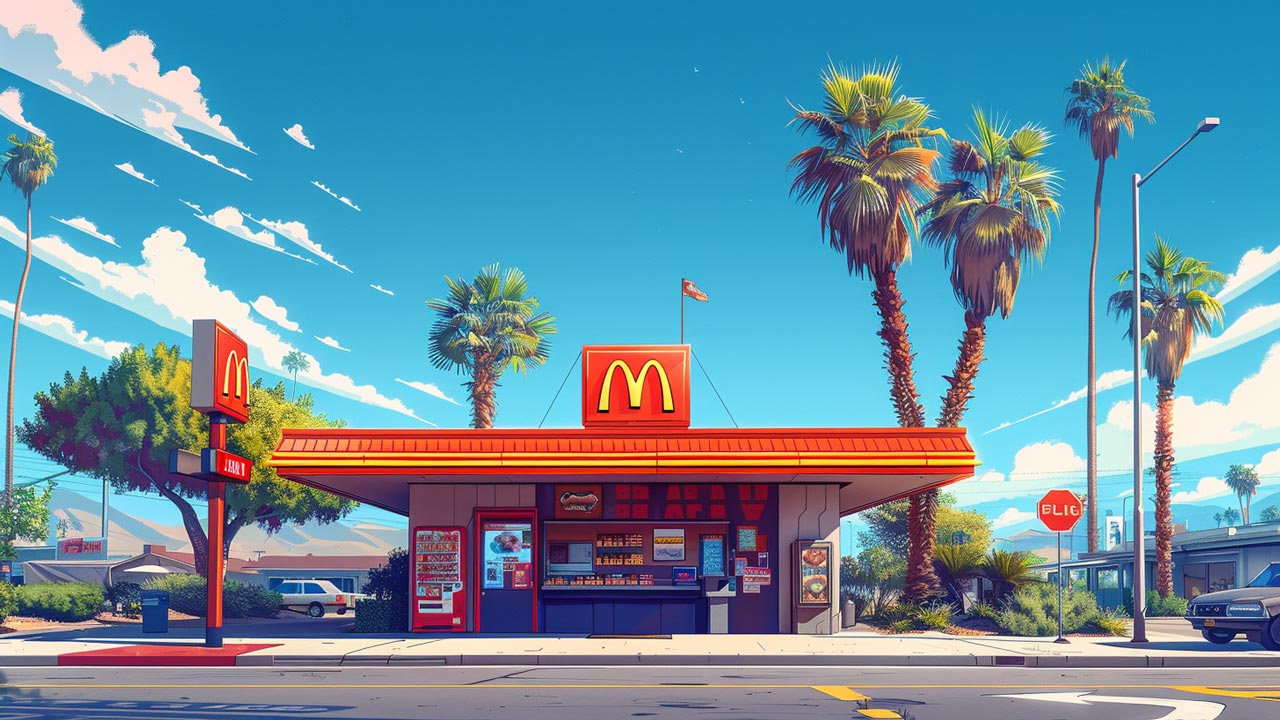Inflation Destroys Real Wages
Michael Pento’s Market Commentary
In the same vein as medieval physicians believed bloodletting would cure illness, modern snake-oil economists still perilously cling to their claim that rising wages and salaries are the cause of inflation. With my recent debates with these mainstream economists, I’ve heard the following: “without rising wages, where does the money come from to push prices higher?” I was tempted to respond, “where do the employers get the money to pay those higher wages?” But economists tend to get a little nasty when you make them feel stupid.
It is actually the predominant belief that wages and salaries rise before aggregate price levels in the economy and thus during periods of rising inflation, real wages are always increasing. However, economic history has proven over and over again that real wages actually decrease during periods of rising inflation. Nominal incomes do increase, but this is merely a response to the inflation that has already been created.
The essence of this folly is that modern economists don’t have a firm grasp on the mechanics of inflation. At the most basic level, inflation comes from too much money chasing too few goods. The battle against rapidly rising inflation always has its genesis from a central bank that prints money in order to monetize the nation’s debt.
And because the central bank typically only gives this new money to the nation’s creditors—half of which aren’t Americans–the money created is never evenly distributed into the wages and salaries of the people. It goes first into the hands of those bondholders who receive interest and principal payments. In addition, the rapid expansion of the money supply causes the currency to lose value against hard assets and foreign currencies. Nominal wages and salaries eventually respond to soaring commodity prices and a crumbling currency, but always with a lag that causes their purchasing power to fall relative to other asset classes. Have you ever tried to ask your boss for a raise simply because living expenses cost 10% more than a year prior? As you are laughed out of the office, you can see the wage lag in action.
Recent economic data provides clear proof that the “wage-price spiral” alleged by Keynesian economists is plainly wrong.
The Consumer Price Index (CPI) has now increased for nine consecutive months. It increased by 0.5% in March from February and is up 2.7% year-over-year. The YOY increase in the prior month was 2.1%. It appears the increase in consumer prices is accelerating—and quickly. Meanwhile, in the last 12 months, the US Dollar Index has lost 8% of its value against a basket of our 6 largest trading partners. The dollar has also lost 29% of its value since April 2010 when measured against the 19 commodities contained in the CRB Index. If you needed more evidence of the dollar devaluation, producer prices are up 5.8% and import prices surged 9.7% YOY.
So there’s your inflation. But was it caused by rising wages and full employment? The unemployment rate has dropped a bit from 10.1% to 8.8% – but this is mostly due to discouraged workers dropping out of the labor force altogether. However, even if the decrease came from legitimate employment gains, it would be hard to argue that an 8.8% unemployment rate would put upward pressure on wages. And, in fact, it hasn’t. Real average hourly earnings dropped 0.6% in March, the most since June 2009, after falling 0.5% the prior month. Over the past 12 months they were down 1%, the biggest annual drop since September 2008!
The conclusion is clear: rising wages cannot be the cause of inflation.
Alas, there is a predictable path for newly created money as it snakes its way through an economy. It is always reflected first in the falling purchasing power of a currency and in the rising prices of hard assets. That’s because debt holders move their newly minted proceeds into commodities to protect against the general rise in price levels and as an alternate store of wealth. Food and energy prices have a higher negative correlation to the falling dollar than the items that exist in the core rate. They are the first warning bell in an inflationary period, which may be exactly why they are left out of the headline measure.
Nominal wages and salaries eventually rise but always slower than the rate of inflation, causing real wages to fall. If rising wages increased faster than aggregate prices, inflation would always lead to a rise in living standards. Is that what we’ve seen in Peron’s Argentina or Weimar Germany? The reason why the unemployment rate soars and the economy falls into a depression is precisely because the middle class has their discretionary purchasing power stolen from them.
Mark my words: if the Fed and Obama Administration place their faith in stagnant incomes to contain inflation, they will sit idly by while the country collapses in front of their eyes. Because of their medieval understanding of economics, these central planners are going to bring us right back to the Dark Ages.



 Whenever an election year rolls around, domestic manufacturing becomes a more central theme of discussion. Candidates from both sides, who seem to disagree on almost everything else, never waver in their commitment to auto manufacturers in Detroit and the steel industry. Republicans and Democrats never forget to remind the American public that they will try […]
Whenever an election year rolls around, domestic manufacturing becomes a more central theme of discussion. Candidates from both sides, who seem to disagree on almost everything else, never waver in their commitment to auto manufacturers in Detroit and the steel industry. Republicans and Democrats never forget to remind the American public that they will try […] The wizards at the Fed and US Treasury have been forced to acknowledge that their “transitory,” inflation is, in fact, quite “sticky.” And with the inflation elephant now acknowledged by the circus of high finance, Treasury yields keep inching up, recently reaching 4.7% — the highest since November. The Fed is stuck: It needs to raise interest rates to tame inflation and […]
The wizards at the Fed and US Treasury have been forced to acknowledge that their “transitory,” inflation is, in fact, quite “sticky.” And with the inflation elephant now acknowledged by the circus of high finance, Treasury yields keep inching up, recently reaching 4.7% — the highest since November. The Fed is stuck: It needs to raise interest rates to tame inflation and […] The solution to a problem shouldn’t make the problem worse. But apparently, California’s policy makers missed that memo. On April 1st, the state instituted a $20 minimum wage for fast food workers, the highest in the US. With California’s absurdly high cost of living, the policy appeared to make life more manageable for low-income residents. Unfortunately, as the adage goes, “If it sounds too […]
The solution to a problem shouldn’t make the problem worse. But apparently, California’s policy makers missed that memo. On April 1st, the state instituted a $20 minimum wage for fast food workers, the highest in the US. With California’s absurdly high cost of living, the policy appeared to make life more manageable for low-income residents. Unfortunately, as the adage goes, “If it sounds too […] The monetary battle of the 20th century was gold vs. fiat. But the monetary battle of the 21st century will be gold vs. bitcoin. With Wall Street jumping into the game with bitcoin ETFs, a bitcoin halving recently splitting the block reward for miners in half, and both gold and bitcoin hovering near their all-time highs, it’s a great time for […]
The monetary battle of the 20th century was gold vs. fiat. But the monetary battle of the 21st century will be gold vs. bitcoin. With Wall Street jumping into the game with bitcoin ETFs, a bitcoin halving recently splitting the block reward for miners in half, and both gold and bitcoin hovering near their all-time highs, it’s a great time for […] What is Nvidia? If you’re a committed gamer the question may sound like nonsense. Nvidia, which was founded in 1993, is a tech company that makes GPUs and other products. It originally specialized in making products for the video game industry, that assisted in 3D rendering. If you were a committed gamer, you probably owned their products. If you weren’t, you might not have heard of them.
What is Nvidia? If you’re a committed gamer the question may sound like nonsense. Nvidia, which was founded in 1993, is a tech company that makes GPUs and other products. It originally specialized in making products for the video game industry, that assisted in 3D rendering. If you were a committed gamer, you probably owned their products. If you weren’t, you might not have heard of them.
Leave a Reply